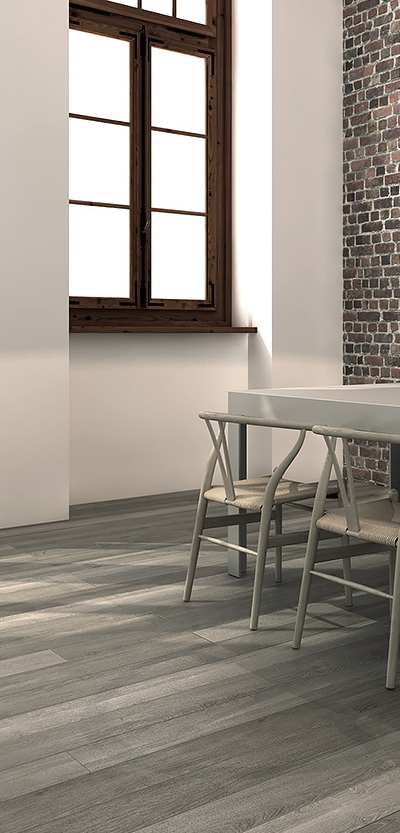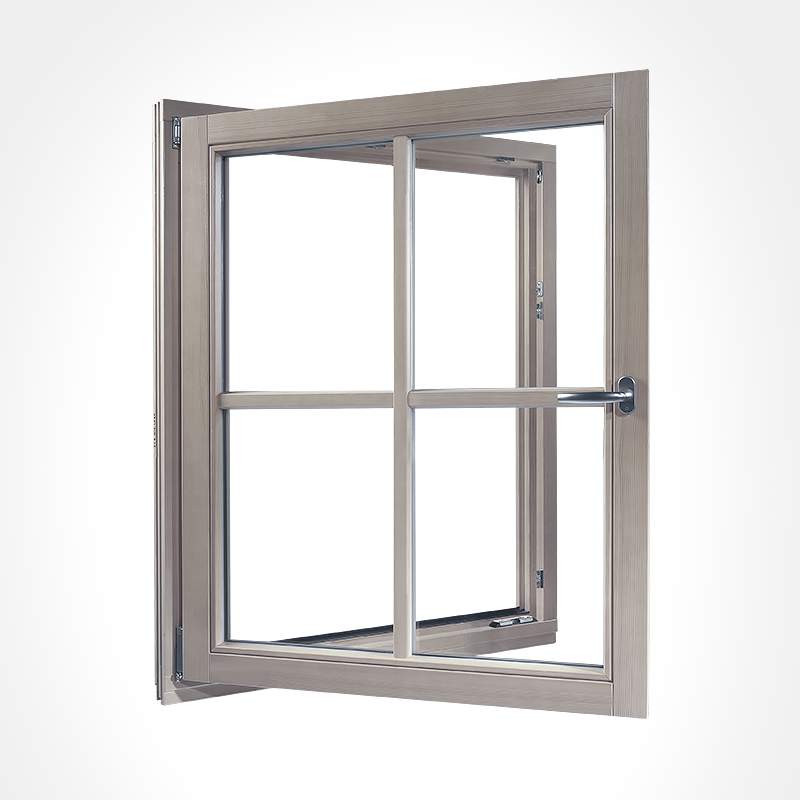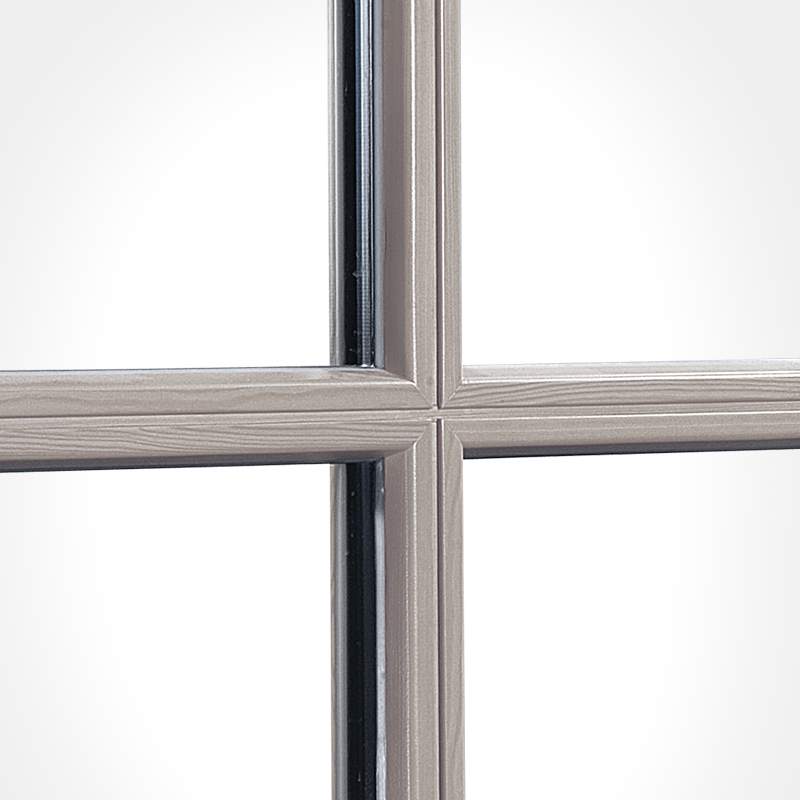Georgian glazing bars, also called muntins or divided lites, were originally found on almost every window. Nowadays, they have transitioned from an architectural necessity to an aesthetic decoration. In the past, installing large glass panes was not technically feasible and the solution was combining smaller ones via these dividing bars. Whether you want simulated Georgian bars or real glass separating ones, we can design a bespoke solution that fits your project's needs and local historical preservation codes.
Glazing Bar Styles for Georgian Windows and Doors
With the ability to manufacture large continuous glass panes nowadays, genuine Georgian bars are no longer technically required for new windows and doors Therefore, we offer several options to meet your architectural, performance and budget needs. They are:
- Genuine glass separating bars
- Viennese style
- Helima style
The most traditional type is the partitioning or glass separating bar, which was developed centuries ago to overcome the technical limitations of glassblowing. However, simulated bars are available in both the Viennese and Helima style to provide the same look without the unnecessary extra work and cost. Like the window frame itself, they are available and can be fitted in a variety of materials including timber, uPVC and aluminium.




